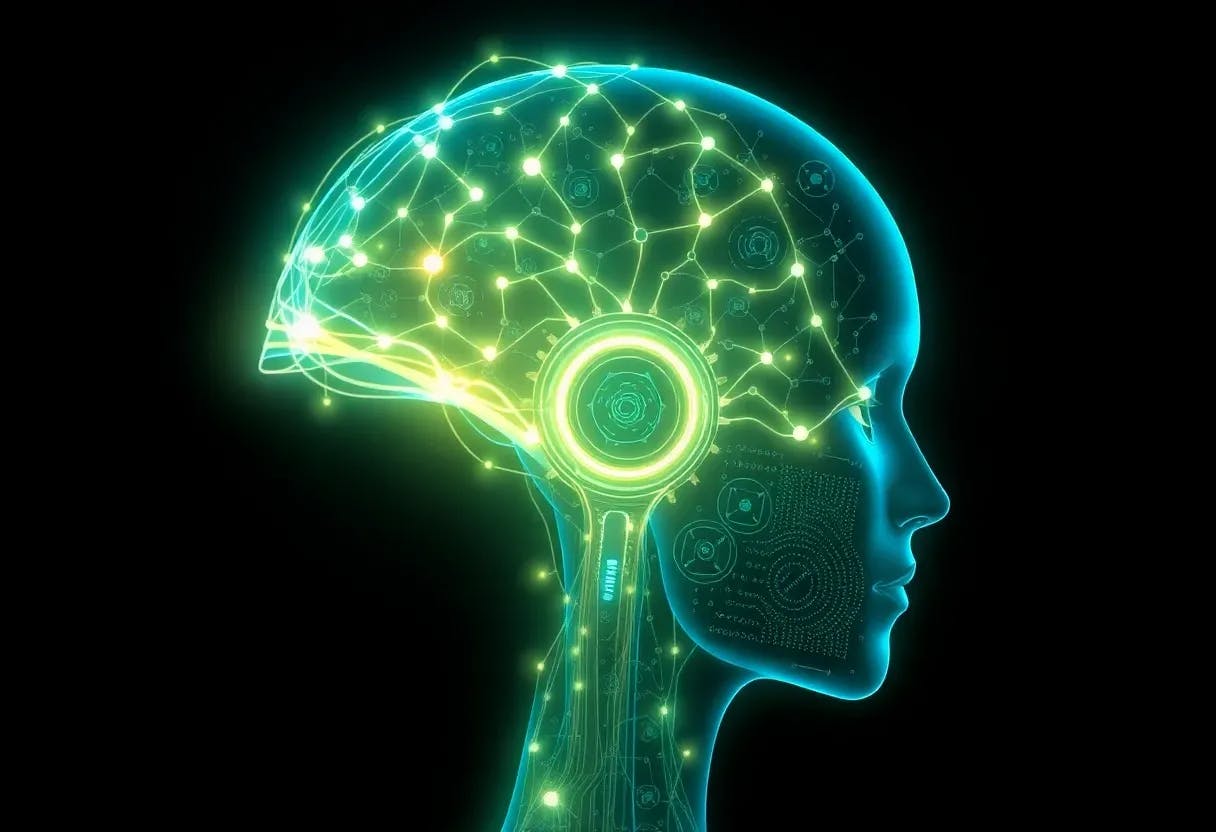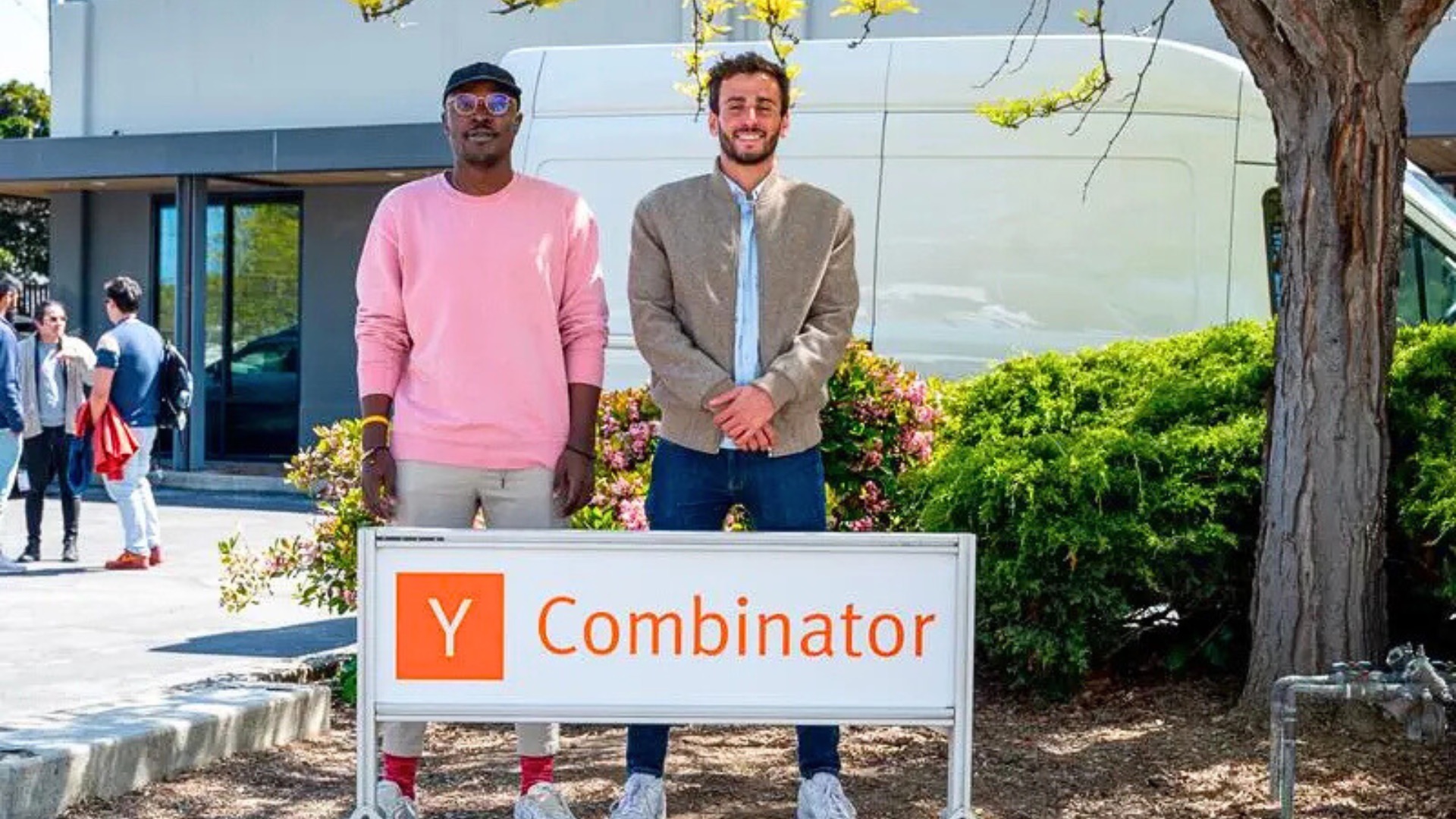Table of Links
Abstract and 1. Introduction
- Background and History
- Roadmap to a Conscious Artifact
- Hidden Gems
- Final Thoughts, Acknowledgments, and References
3 Roadmap to a Conscious Artifact
Table 1 is re-typed from my notes in Figure 1. Anyone who had the good fortune to be in a meeting with Gerald Edelman would know that thoughts peppered listeners in rapid fire. Or, as he would say, a “drink from a fire hose.” Without notes or other written prompts, Edelman rattled off 10 key steps toward a Conscious Artifact. I tried as best as I could to keep up. The steps were presented roughly in order of how one would proceed to construct a Conscious Artifact. The first four steps were areas in which the team had made some progress. The remaining steps were areas that needed further investigation. I would say that, to date, none of the steps listed have been adequately addressed. However, the purpose of this paper is not to review the current state of the art, but rather to describe these steps as best I can.
3.1 Reentrant Architecture
A major component of Edelman’s Neural Darwinism and Theory of Neuronal Group Selection (TNGS) was reentrant signaling [1]. Reentrant, because it was different than feedback signals. Neuronal groups were bi-directionally linked with synaptic connections. Different groups with specific features could share information with these connections. Experience-dependent plasticity selected associations among these groups. These global mappings (see margin of Figure 1) ultimately gave rise to perceptual categories and action plans.
The theoretical neuroscientists working at the NSI had created a number of models to test these ideas, both in simulation and instantiated on physical robotic platforms [2, 3]. With these models, they were able to show feature mapping, binding through synchrony, memory recall, and other brain properties. These were colorfully termed, “noodling,” as can be read in my notes.
3.2 Thalamo-Cortical System
In a series of books, Edelman described his theory of consciousness, which was based on the TNGS [4, 5]. A key to this theory, as enumerated in some of his later publications, was the concept of a Dynamic Core [6]. The Dynamic Core was essentially reentrant signalling between the thalamus and the neocortex. The dynamics of the Dynamic Core were necessary to produce conscious thought or higher order consciousness.
At the time of the meeting, researchers at the NSI were developing extremely detailed computational models of the thalamus and neocortex. These models showed sleep wake cycles, as well as other other brain rhythms observed during conscious thought [7, 8]. In one such model, Eugene Izhikevich and Gerald Edelman were able to show the formation of neuronal groups due to plasticity and dynamic neuronal activity [9].
3.3 Value Systems
Value systems are neural structures that are necessary for an organism to modify its behavior based on the salience or value of an environmental cue. The value system in a brain-based device is analogous to neuromodulatory systems in that its units show phasic responses when activated and its output acts diffusely across multiple pathways to promote synaptic change.
Value systems were first explored by Karl Friston in theoretical work conducted at the NSI when the Institute was located on the campus of The Rockefeller University in New York City [10]. Every Brain-Based Device was equipped with a value system for shaping behavior and building associations between predicted value and observed value [11]. Edelman noted that value could signal hunger, fear, and reward, among other signals salient to the behaving agent.
3.4 Phenotype
In the case of the robotic platforms created at the NSI, the phenotype consisted of the physical design of a given device. In particular, it was the shape or morphology of the robot, as well as the layout and type of on-board sensors. The Darwin series of automata had a basic shape; notably, all were wheeled robots. But despite their relatively simple external design, they had a wide range of sensors for hearing, vision, taste, and touch. versions of the Darwin automata included omni-wheels, as well as articulated arms and legs.
Interestingly, Edelman noted that the phenotype needed to be compliant and must necessarily include proprioception. Compliance through soft materials and elasticity is an important property of biological systems. Proprioception would, Edelman believed, lead to a notion of self and body awareness. These phenotypes were not a part of our design at the time and needed to be further investigated through incorporation into additional robotic platforms. Also notable is the fact that Edelman came back to the importance of touch toward the end of the meeting. See the last line of Figure 1 and Table 1, where I quoted him saying “any sensor will do, but need haptics.”
3.5 Motor Control
Edelman’s theory of consciousness was very much tied to behavior and intended actions. Therefore, in his mind (and presumably those who attended the meeting) motor control was an important step towards creation of a Conscious Artifact. In particular, Edelman mentioned efference copy and body sense. After every action, a copy of the motor command is fed back to the nervous system. This is called a “motor efference copy”. The brain uses the motor efference copy to check if the action generated yields the expected sensory stimuli and expected body position. In this way, the agent might produce a body sense.
It is also notable that Edelman singled out the Basal Ganglia (BG in my notes) as an important aspect of motor control and key functional anatomical feature of consciousness. Therefore a key step towards achieving a conscious artifact is incorporating Basal Ganglia function. The Basal Ganglia selects actions and generates putative motor sequences. In my notes, I wrote “proto syntax”. Edelman thought that action selection and the sequence of actions was a first step towards language. He was a strong proponent of the idea that language was rooted in action and motor control.
3.6 Generalization in Learning and Memory
Around this time, researchers at the NSI were constructing sophisticated models of hippocampus and long-term memory [12, 13]. However, these models were brittle. They suffered from an inability to transfer information from one task to another, as well an incapacity for generalization. I find it interesting that, to this day, transfer learning and generalization continue to limit AI systems. Moreover, the ability to learn over a lifetime of experience remains beyond the reach of current artificial systems.
3.7 Communication
Critically important to demonstrating a Conscious Artifact would be some form of accurate report. Before language, a report could be realized by communication between Brain-Based Devices (BBD BBD, in Figure 1). By reporting its intentions and state to another agent, the agent is showing a degree of self-awareness. It is also interesting to speculate that consciousness, in particular self-awareness (or higher-order consciousness), might not be observable in a single agent. Rather, it might require social interaction.
3.8 Thought
Unfortunately, I don’t have much to add to this step. I can only guess that here, Edelman was alluding to mental simulation and imagination. This is a prediction of the dynamic core theory, which was briefly described in the Thalamo-Cortical section and in more detail in Edelman’s writings.
3.9 Language
Again, report is brought up as an important step toward creating a Conscious Artifact. However, Edelman makes it clear that language is distinctively more sophisticated than communication, as described in the Communication step. Language is nuanced, suffused as it is with emotion, thought, intention, and action. It is safe to say that Edelman was thinking that language, as instantiated in a Conscious Artifact, would be something far beyond Natural Language Processing or simply passing a Turing test. An accurate report via language would need to demonstrate that the agent had a form of higher order consciousness closely tied to body sense and a self.
3.10 Kindergarten
Similar to Turing’s theory and the field of developmental robotics, Edelman proposed that to achieve all of the above, the Conscious Artifact would need to be subjected to a curriculum of sorts. It was too much to load these characteristics upon initialization of a given simulation. And more importantly, consciousness is tied to the individual’s experience. This is where learning and memory from experience becomes critically important. Furthermore, communication and language are necessary in order to interact with a teacher or caretaker, not to mention, report one’s intentions and state.
3.11 Other Notes
Towards the end of the meeting, some pragmatic issues were brought up. One limiting factor at the time was computational power, which remains a constraint today. I am unsure what is meant by the “minimum neurons necessary”, which I quoted in my notebook. It could be taken to be tantamount to computing power. Or it could be related to sparseness and energy. The metabolic constraints imposed by biology was a topic that Edelman often revisited during internal meetings at the NSI.
:::info
Author:
Jeffrey L. Krichmar, Department of Cognitive Sciences, Department of Computer Science, University of California, Irvine Irvine, CA 92697-5100 ([email protected]).
:::
:::info
This paper is available on arxiv under CC BY 4.0 license.
:::










